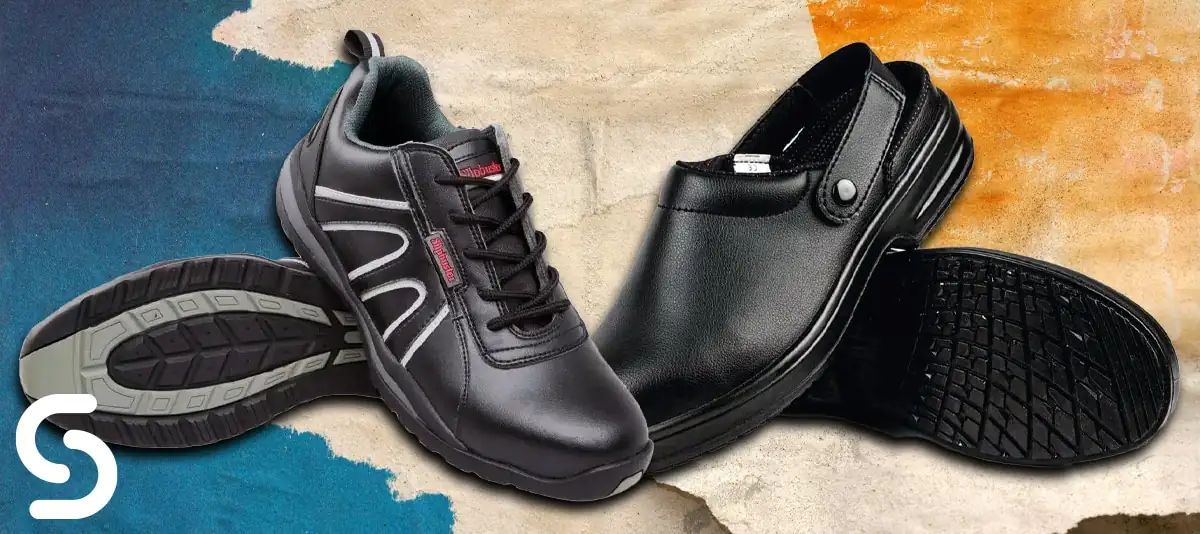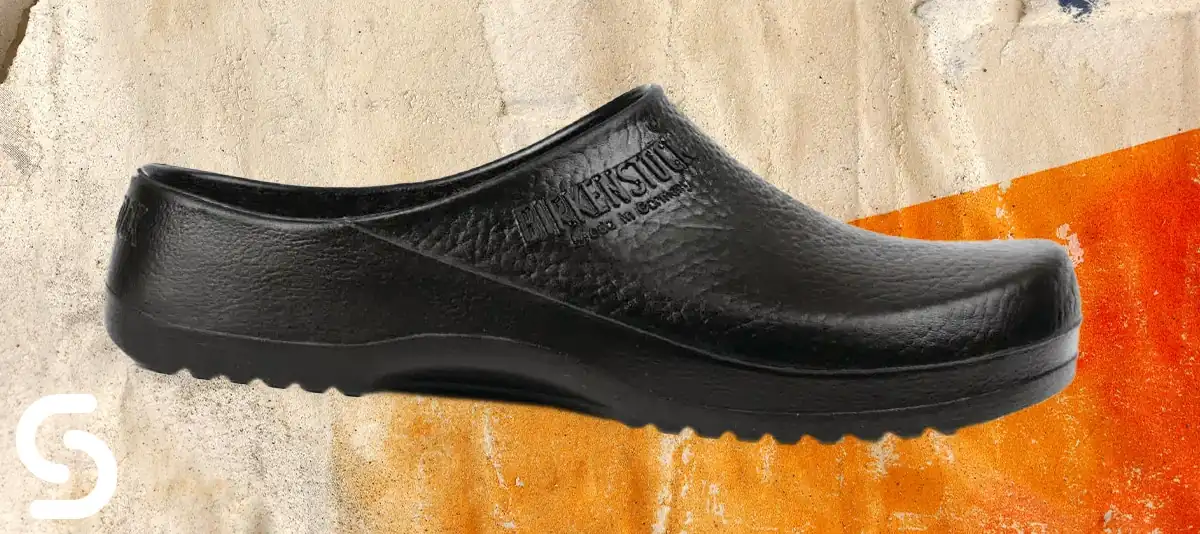Complete Safety Signs Checklist (England & Wales)
Ensuring your venue stays legally compliant. If your catering or hospitality venue is situated in England or Wales, your signage
Ensuring your venue stays legally compliant. If your catering or hospitality venue is situated in England or Wales, your signage
Available in a range of sizes, our brand new illuminated menu covers are all the rage. Our illuminated LED menu
Shop across our entire range of catering & hospitality products with up to 70% off until midnight Monday 1st December.
The leather menu cover can play a crucial role with customer’s first impressions. At Smart Hospitality Supplies, we have made
In a kitchen, footwear is often overlooked and considered less glamorous than the chef’s knives or their toque. Yet, it is an essential part of the chef’s uniform. The right pair of shoes provide comfort during those long kitchen hours and ensure safety against spills, falling objects, and slippery floors. Over the years, chef footwear has evolved significantly, from traditional clogs to modern designs incorporating advanced technology and cutting-edge materials.

The classic clog, often wood-made, was the standard chef shoe for centuries, particularly in 13th-century Europe. It had a simple, uncomplicated design with a closed toe, a high heel, and a lack of laces. Clogs provided a sturdy platform that protected the feet from hot liquids and sharp objects. Their comfort and durability were vital in an era where chefs would stand for 12 to 15 hours a day, preparing meals and overseeing the kitchen.
As technology progressed and new materials were discovered, chefs started looking for even more comfort and practicality in their shoes. Rubber became the following choice of material for chef clogs. Rubber offered many advantages over its predecessors – lighter, better shock absorption, and resistance to heat and water. Its non-slip nature provided additional safety in the often slippery kitchen environments.
Despite these changes, the core design of the clog remained essentially the same, embodying the qualities that made it a popular choice among chefs – it was easy to clean, provided ample protection, and could withstand the hustle and bustle of a busy kitchen.
In the late 20th and early 21st century dynamic era, trainer-style chef shoes emerged, marrying the sturdy design of traditional clogs with the comfort and aesthetic appeal of modern trainers. They were designed to cater to the evolving needs of the contemporary chef – a hybrid of an artist and a worker who required a mix of practicality, comfort, and style.
These trainer-style shoes were more than a mere fashion statement; they were ergonomically designed to provide enhanced support and cushioning. They were tailored to withstand long hours on the feet and cater to the quick, agile movements that the job required. With padded insoles and carefully designed contours, these shoes offered superior comfort, reducing strain and fatigue, resulting in increased productivity in the kitchen.
Today’s chef shoes are far from the humble clogs of yesteryears. Modern chef footwear now comes in various styles, colours, and designs. But it’s not just about aesthetics. Advanced technologies and materials provide chef shoes with ultimate comfort, safety, and durability.
The use of memory foam insoles, for example, has increased, offering personalised comfort and support to the wearer. Also, the advent of composite toe caps provides similar protection as steel toes without weight or heat conductivity. On safety, shoes now employ high-tech slip-resistant materials, waterproofing, and even oil-resistant features.
Some modern chef shoes are also eco-friendly, made from recycled materials, as sustainability becomes a primary concern in the industry.

The evolution of chef footwear mirrors the changing landscape of the kitchen world, moving from the practical clogs of the past to today’s modern designs that blend style, comfort, and safety. Today’s footwear options allow chefs to express their personalities while catering to their specific needs. As we move forward, it will be nice to see any new adaptions pop up in the near future.



A Company Registered in England & Wales Company Registration Number: GB05069286 VAT Registration Number: GB867112521 Smart Hospitality Supplies is a trading division of The Smart Marketing & Media Group Limited
